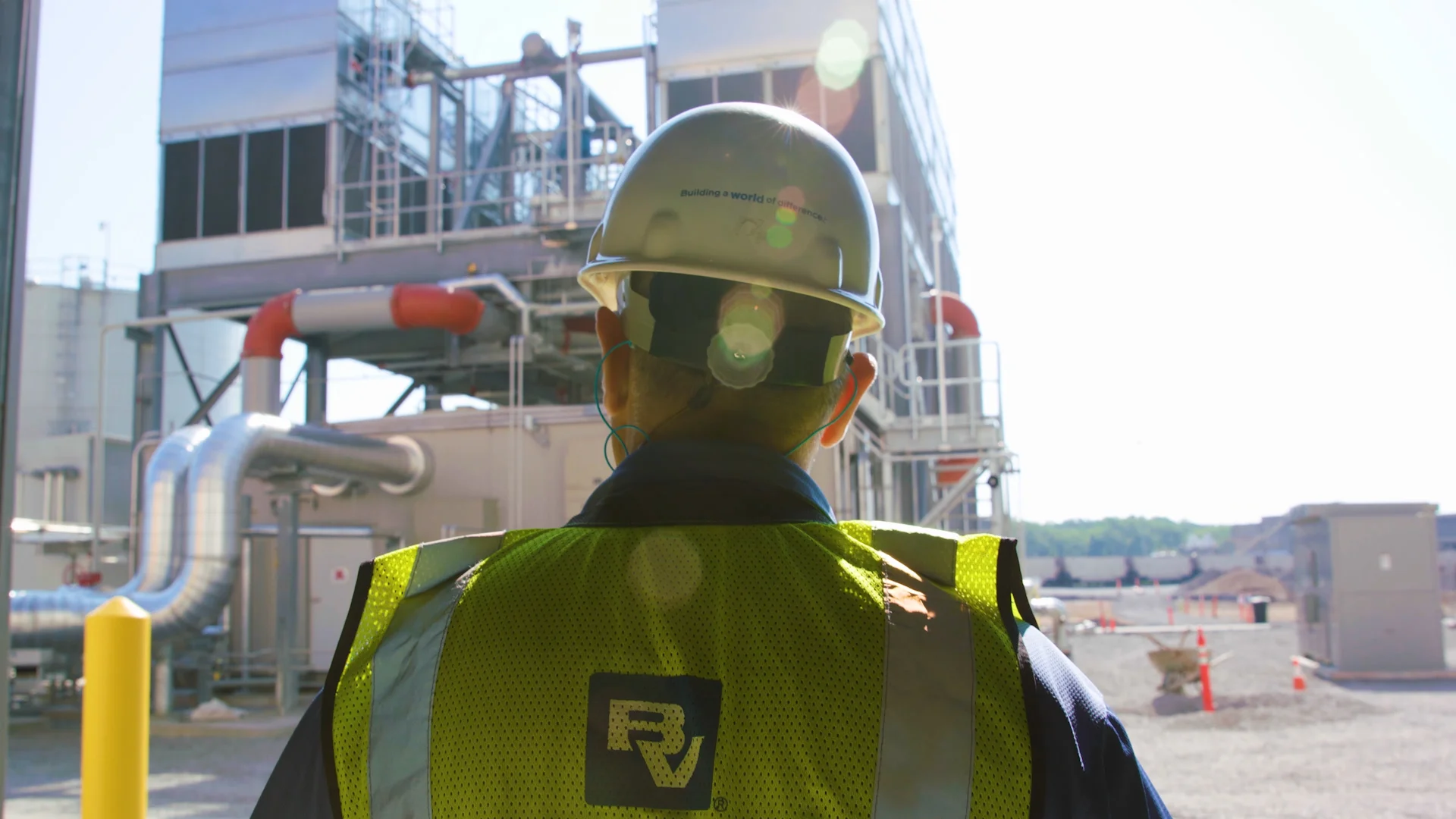PFAS Regulation: Calculating the Cost of Compliance with Confidence

- Project Name
- AWWA Cost Model Project
- Location
- Nationwide
- Client
- American Water Works Association (AWWA)
Regulation was coming. For the first time, the United States Environmental Protection Agency (EPA) was going to propose drinking water standards limiting contamination from per- and poly-fluoroalkyl substances (PFAS). In question were the details – particularly the cost of compliance. Ready with an answer for the drinking water industry and individual utilities and providers alike was Black & Veatch, with a one-of-a-kind cost model tool the company had developed on behalf of the American Water Works Association (AWWA).
Low Limits at a High Cost
On March 14, 2023, the EPA released its National Proposed Drinking Water Rule (NPDWR) for PFAS. The same day, AWWA issued a statement. While supporting regulation to “keep harmful PFAS out of our drinking water supplies and our communities,” the organization called out the significant investment that compliance with the strict new drinking water standards would require.
The NPDWR specifies low maximum contaminant levels (MCLs) – 4 parts per trillion (ppt) – for two types of PFAS, Perfluorooctanoic acid (PFOA) and Perfluorooctane sulfonic acid (PFOS). It also proposes a Combined Hazard Index MCL for a group of PFAS including Perfluorohexane sulfonic acid (PFHxS), Perfluoronananoic acid (PFNA), Perfluorobutanoic acid (PFBS), and GenX, which is the trade name for Hexafluoropropylene oxide dimer acid (HFPO-DA) and its ammonium salt. The rule’s proposed Hazard Index MCL of 1 for PFHxS, PFNA, PFBS and/or GenX is also low. It’s calculated using the combined ppt of any of the PFAS compounds. Meanwhile, in addition to maintaining water quality below the MCLs, the NPDWR requires regular compliance monitoring and water quality reporting, including violations of the MCLs.
AWWA estimated that compliance with the proposed rule would force more than 5,000 water systems to develop new water sources or install and operate advanced treatment facilities. Another 2,500 water systems in states with PFAS regulations already in place would need to adjust their treatment solutions.
To put a number to it, AWWA had contracted with Black & Veatch in advance to perform a nationwide analysis of the regulation’s potential financial impact. Using the cost model tool built by Black & Veatch, AWWA estimated the national expense to meet PFOA and PFOS limits under the NPDWR will range from more than $2.5 to $3.2 billion annually. The increased investment funds provided by the 2021 Bipartisan Infrastructure Law, AWWA said, would not be enough to cover the costs of compliance, which would require significant investments by communities.
An Expert, Tailored, Accurate Cost Model
AWWA produces projects, studies, analyses, reports and presentations in support of its legislative and regulatory objectives. In commissioning the analysis by Black & Veatch, AWWA wanted to provide independent expert input to the EPA on the means and implementation of PFAS treatment solutions and their associated costs.
The robustness and expertise that Black & Veatch put into the cost model to serve AWWA’s goals for the project were sourced from the company’s more than 100 years of delivering world-class planning, design, construction and operations and maintenance solutions to drinking water, wastewater and stormwater clients worldwide. That robustness and expertise make the cost model a valuable tool for individual water utilities and providers as well, to understand the impact of compliance with the proposed regulation.
Every water system has its own chemical makeup, and the tool developed by Black & Veatch accounts for the unique parameters’ impact on PFAS treatment options. It also accounts for level of treatment desired whether that is compliance with the NPDWR or complete removal. Another factor it considers is a treatment facility’s site constraints. What is the footprint? Does the facility discharge brine? Is it on a slope and therefore uses pumps? After myriad treatment factors have been identified, the tool can then calculate various cost scenarios.
In a rapidly changing regulatory environment, the best weapon is knowledge. The cost model tool is valuable to organizations concerned about the impact of the NPDWR on their planning and operations. Producing estimates built to reflect their individual conditions, scenarios and goals, it empowers drinking water utilities and providers to plan for compliance with high confidence in their estimated costs.
Contact Us
Looking for a partner in innovation?
Let's Talk
